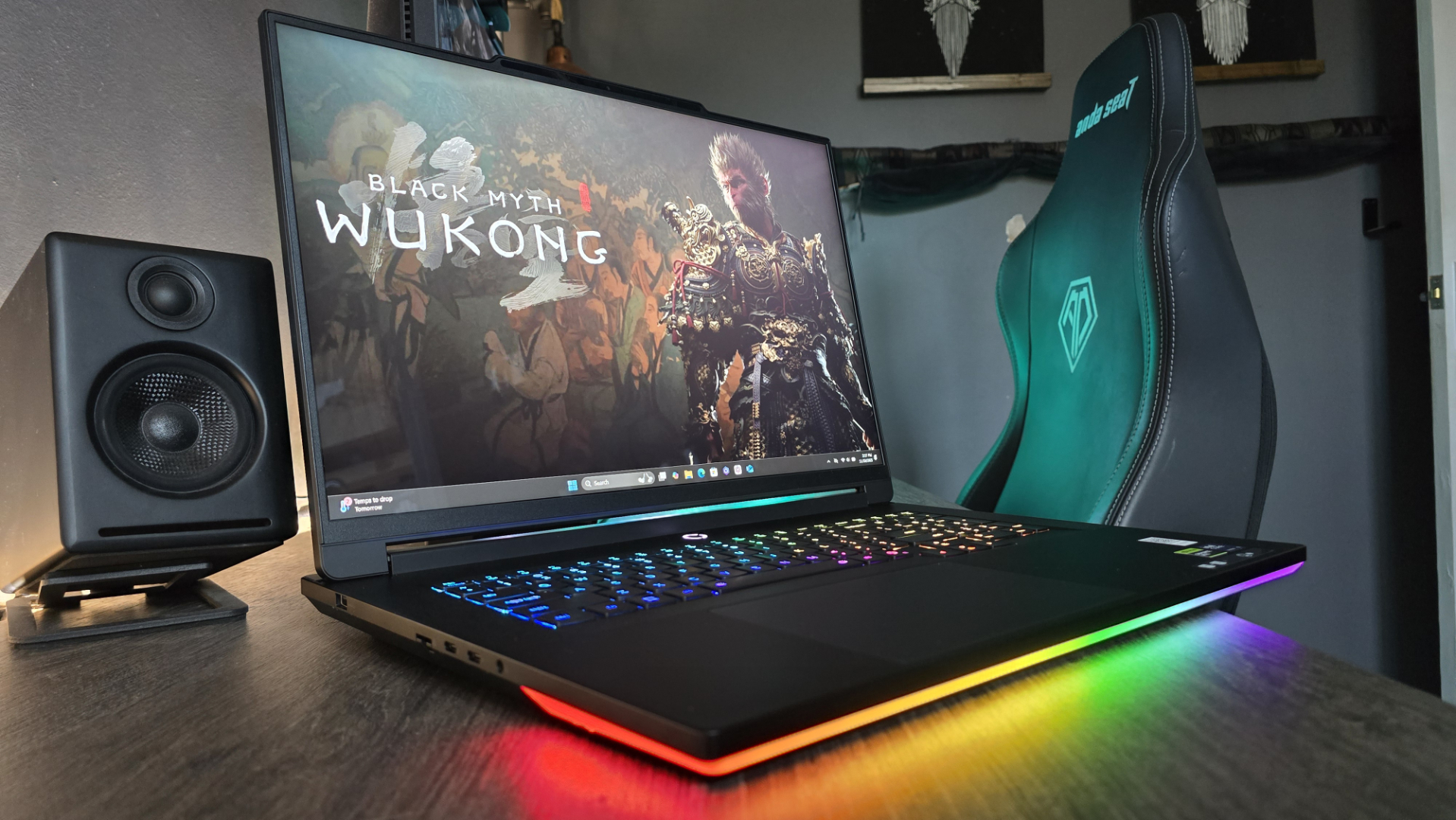The Outer Worlds 2 feels like a much more ambitious RPG than its predecessor: I played its prologue three times with different builds, and each run felt unique
A sneaky ghost playstyle was especially fun.

I'm way more excited for The Outer Worlds 2 now that I've played a little bit of it. Even though the demo Obsidian provided only contained the sci-fi RPG's prologue area—think the Nautiloid from Baldur's Gate 3, but more substantial—there was enough in the 45 minutes or so of gameplay that really impressed me. Enough, in fact, to sustain three play-throughs with different builds.
I liked but didn't love the first game in 2019, but The Outer Worlds 2's opening has me thinking this one's headed in the right direction—as long as the team at Obsidian can sustain the mechanical freedom and reactivity I saw over the course of a full game.
The Outer Worlds 1 ends with you determining the political future of a solar system of human colonies that's been mysteriously cut off from contact with Earth for some time. I was wondering how Obsidian would handle that variety of end states, and they cleverly sidestep the issue by expanding the setting massively.
It turns out the first game's system of Halcyon was a basket case backwater, while a heroic (heroism yet to be verified and likely subject to an Obsidian Twist™) Earth Directorate administers to a galaxy of semi-isolated, politically heterogenous colony systems. Think Le Guin's Hainish Cycle, but it's all got a '20s deco look and everybody is stupid, mean, and greedy.
Our protagonist—a new one, not the character from the first game—is an Earth Directorate captain on a mission to a secretive, autocratic solar system that also happens to be the exclusive manufacturer of faster than light engines. The zany capitalist malfeasance of the first game's corporations has been turned in for a kooky cult of personality with a penchant for brainwashing—It's bliss!
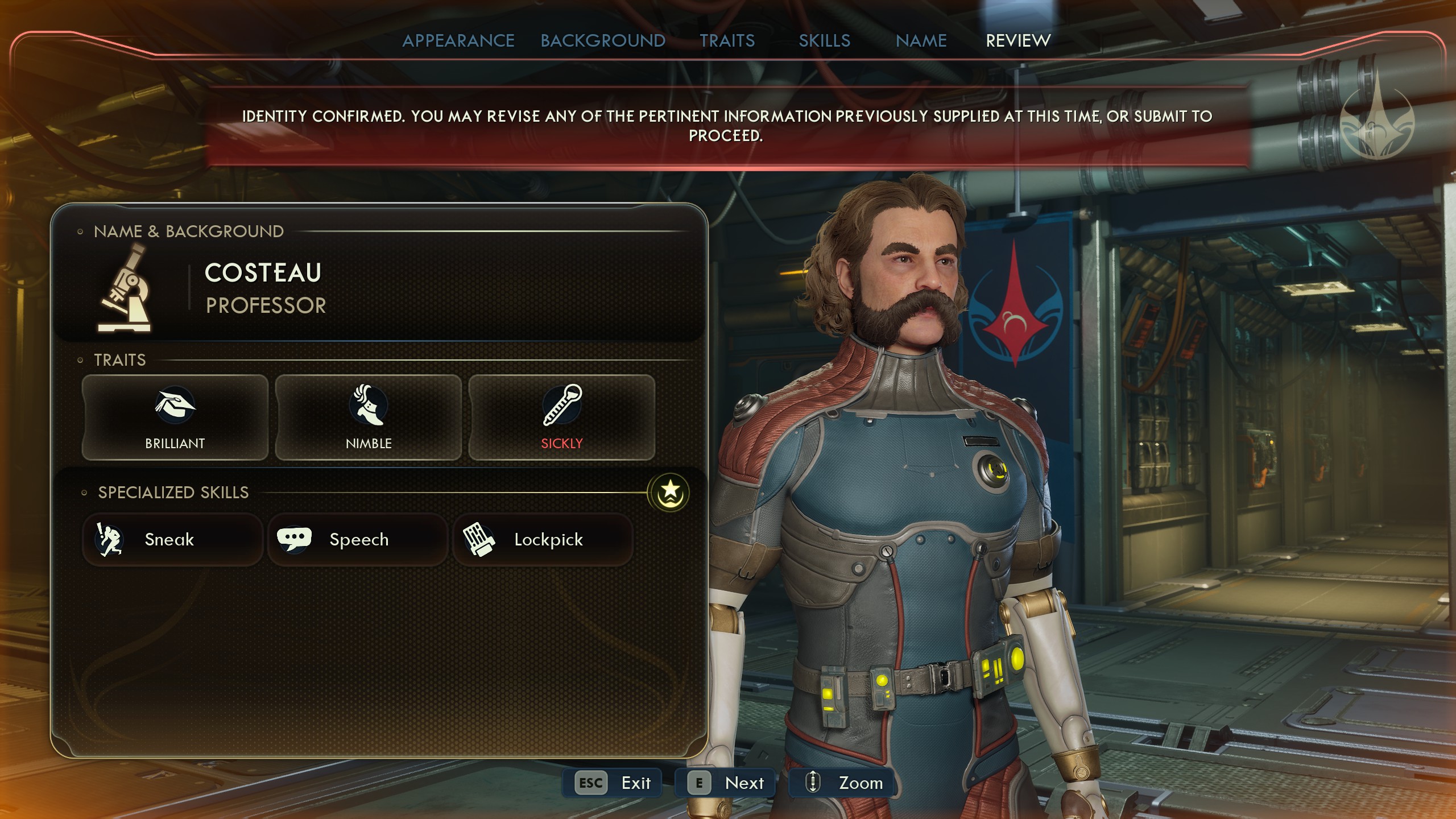
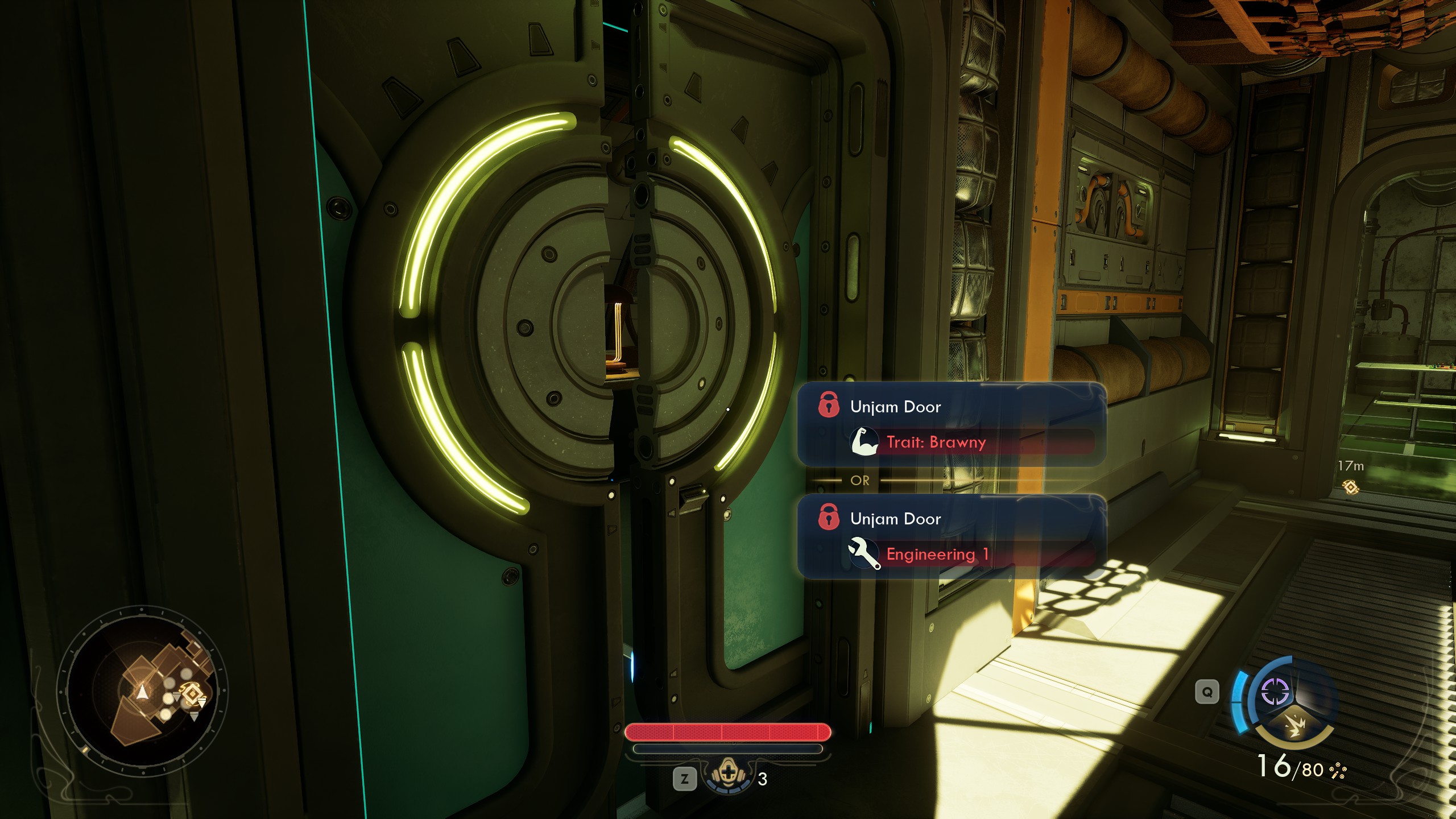
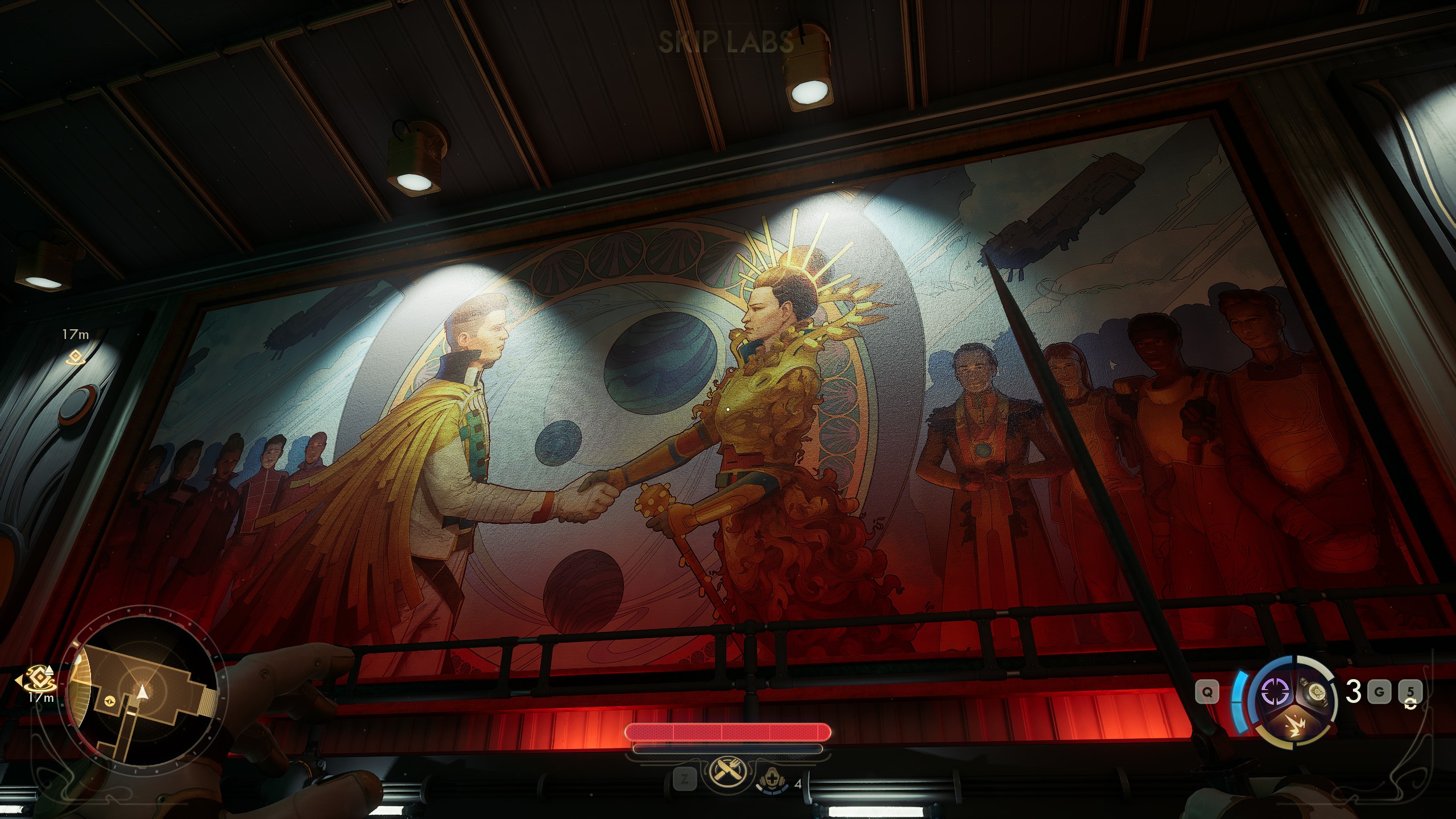

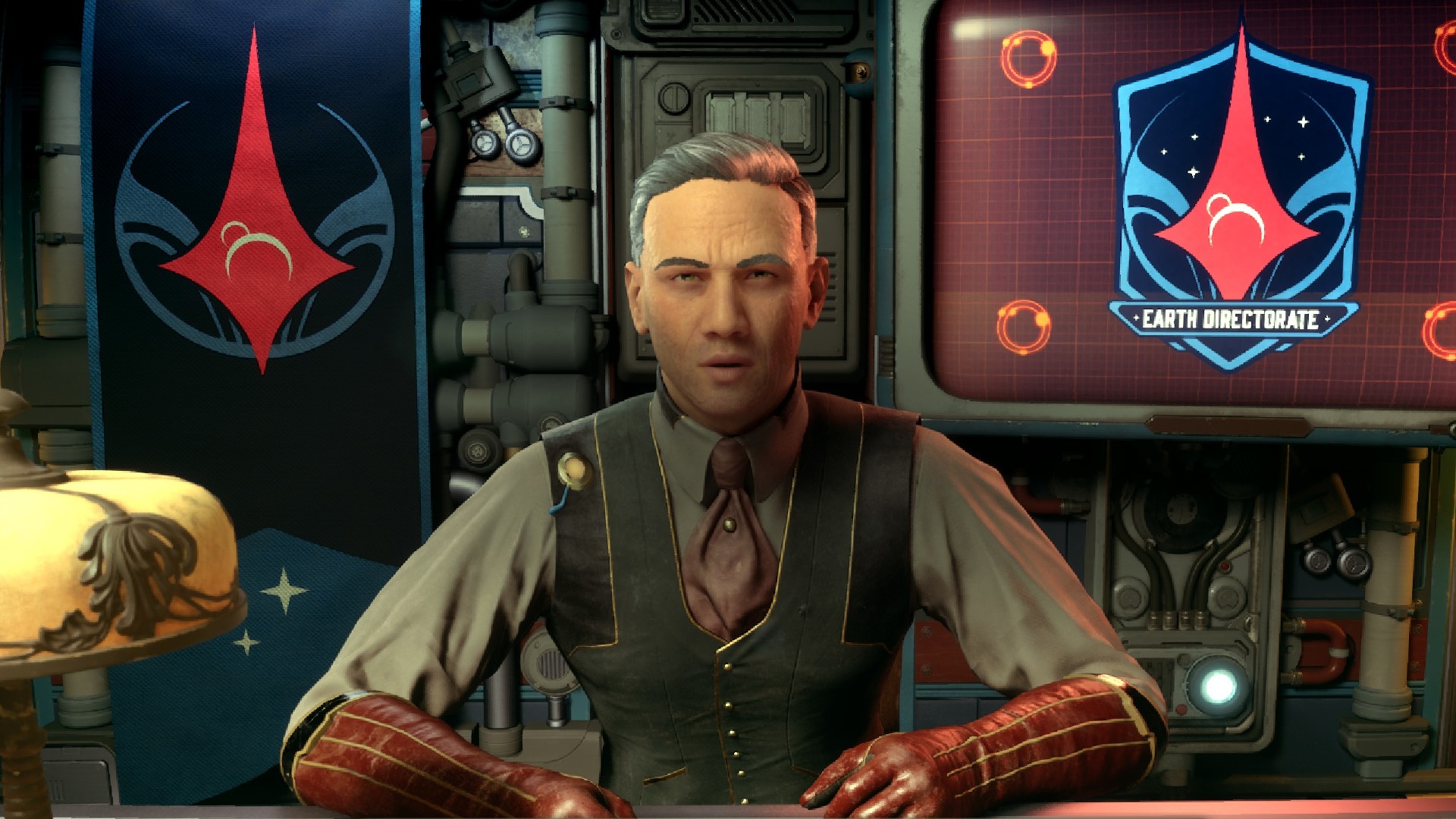
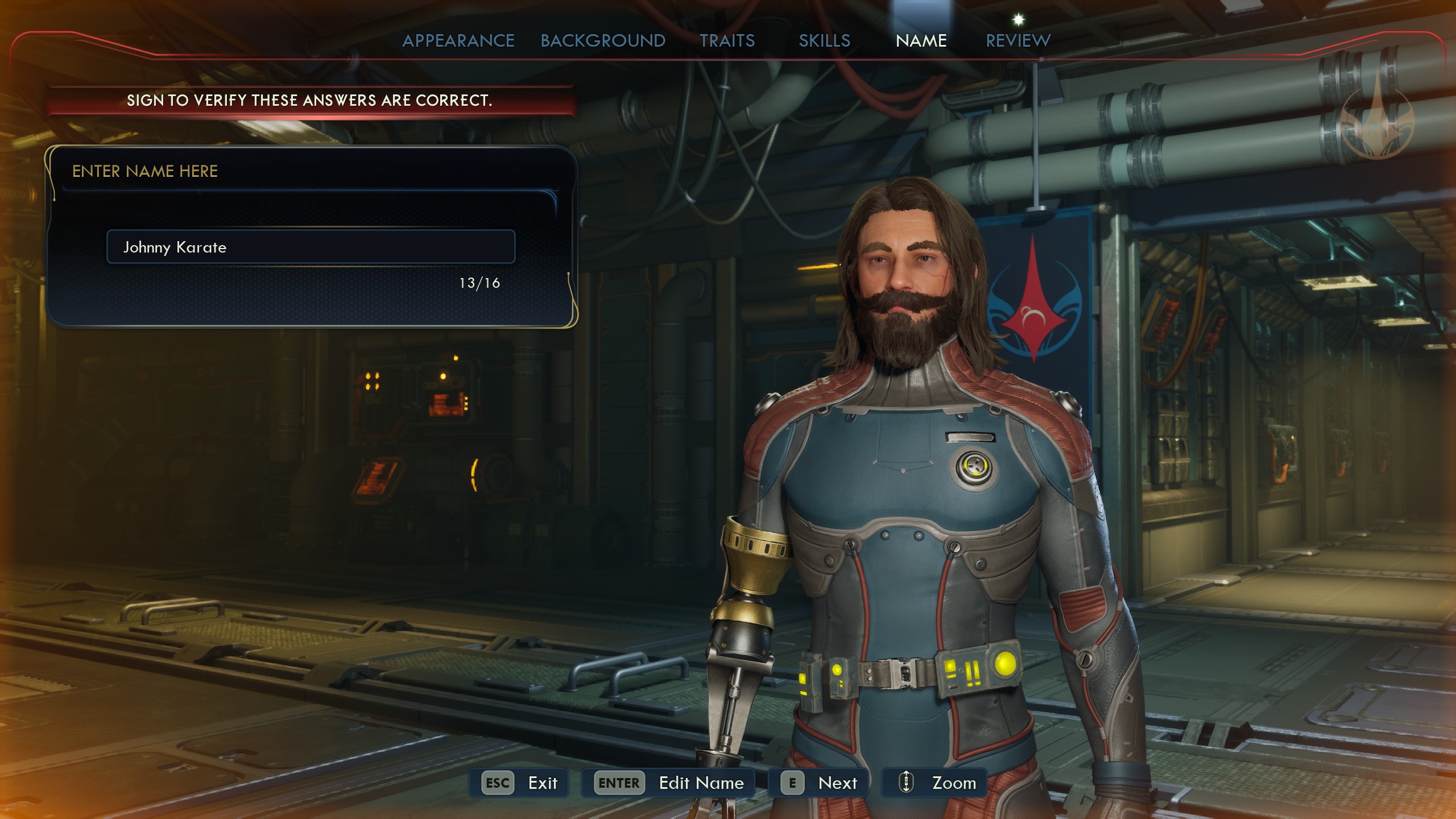
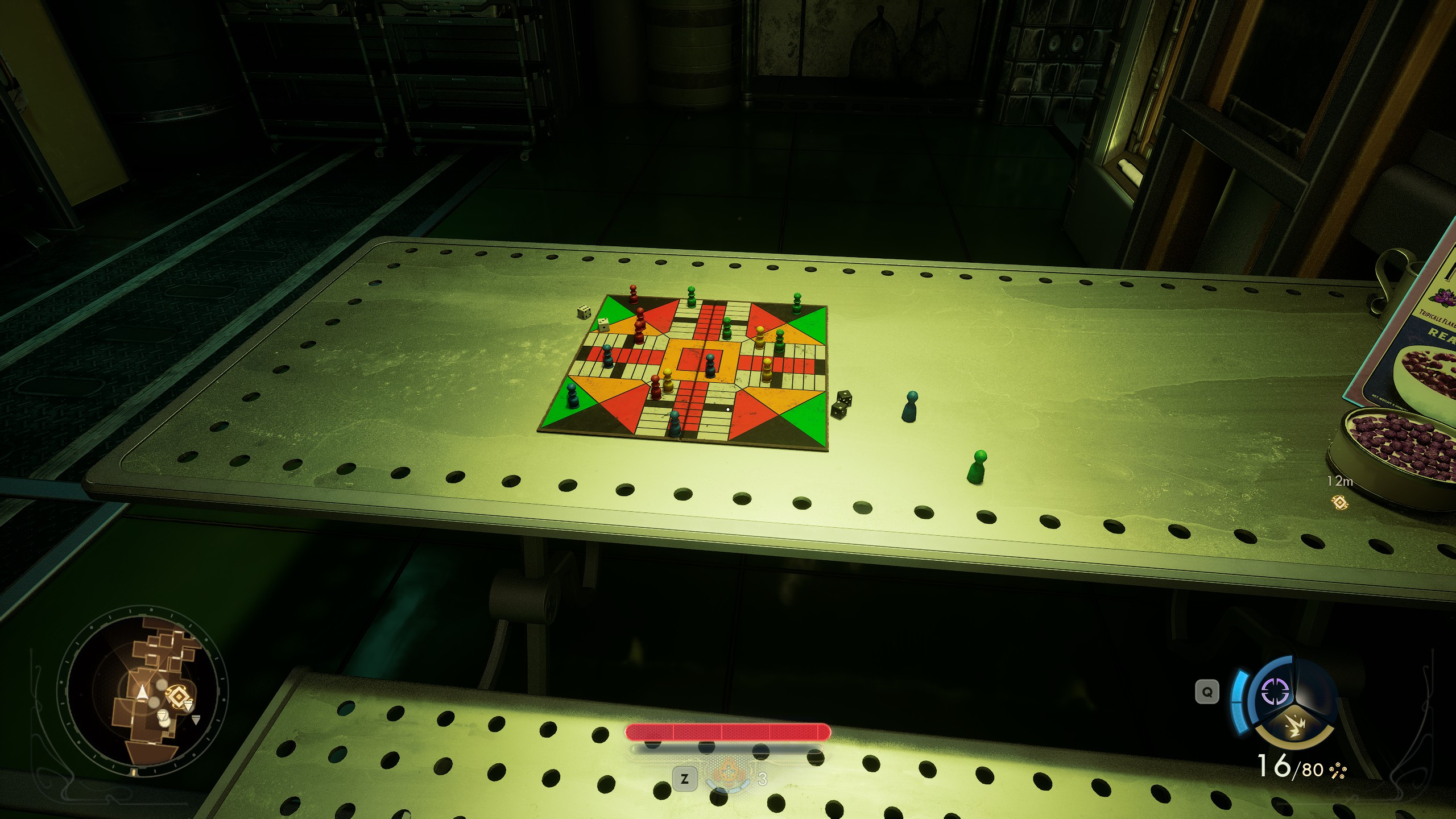
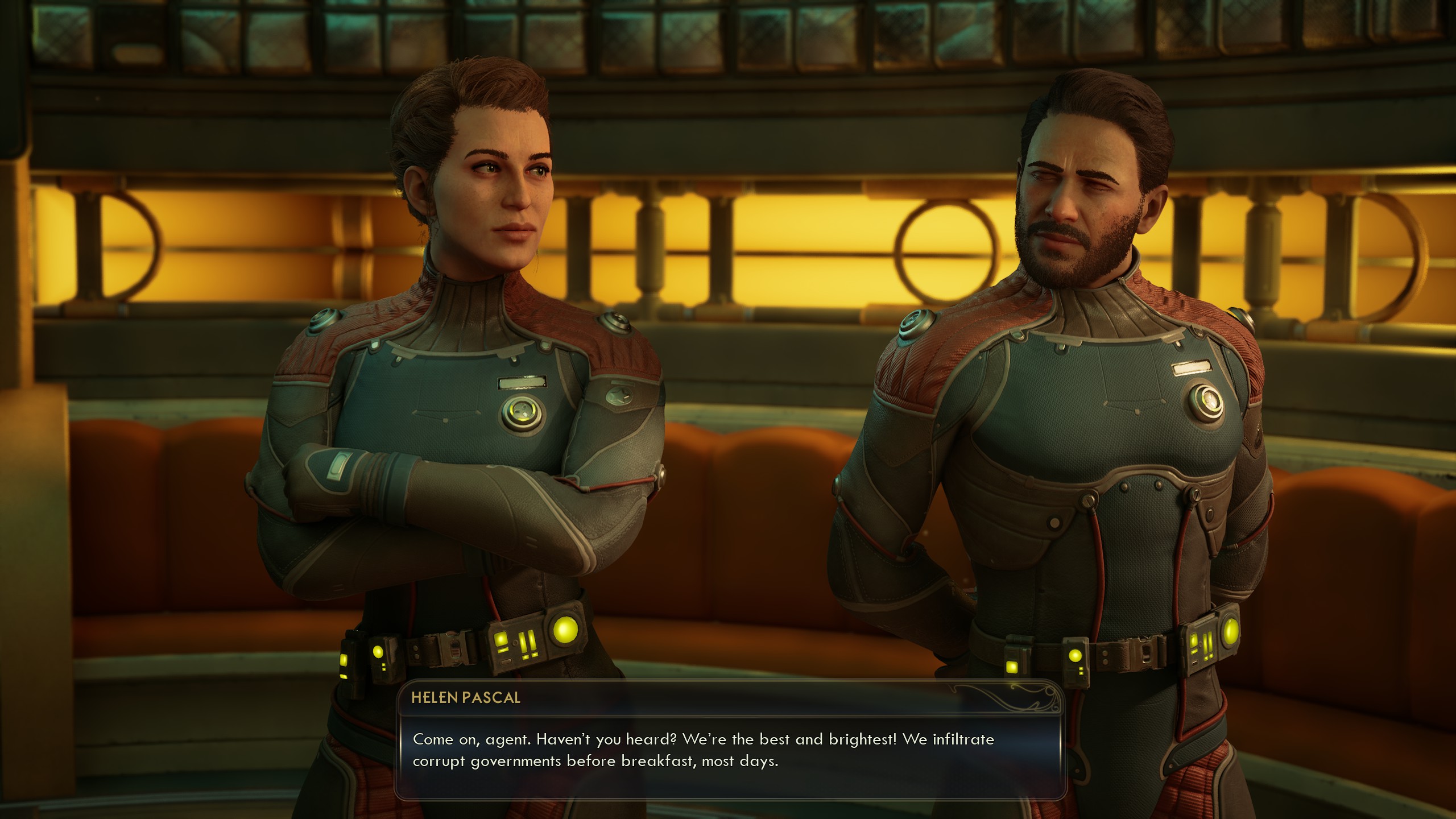
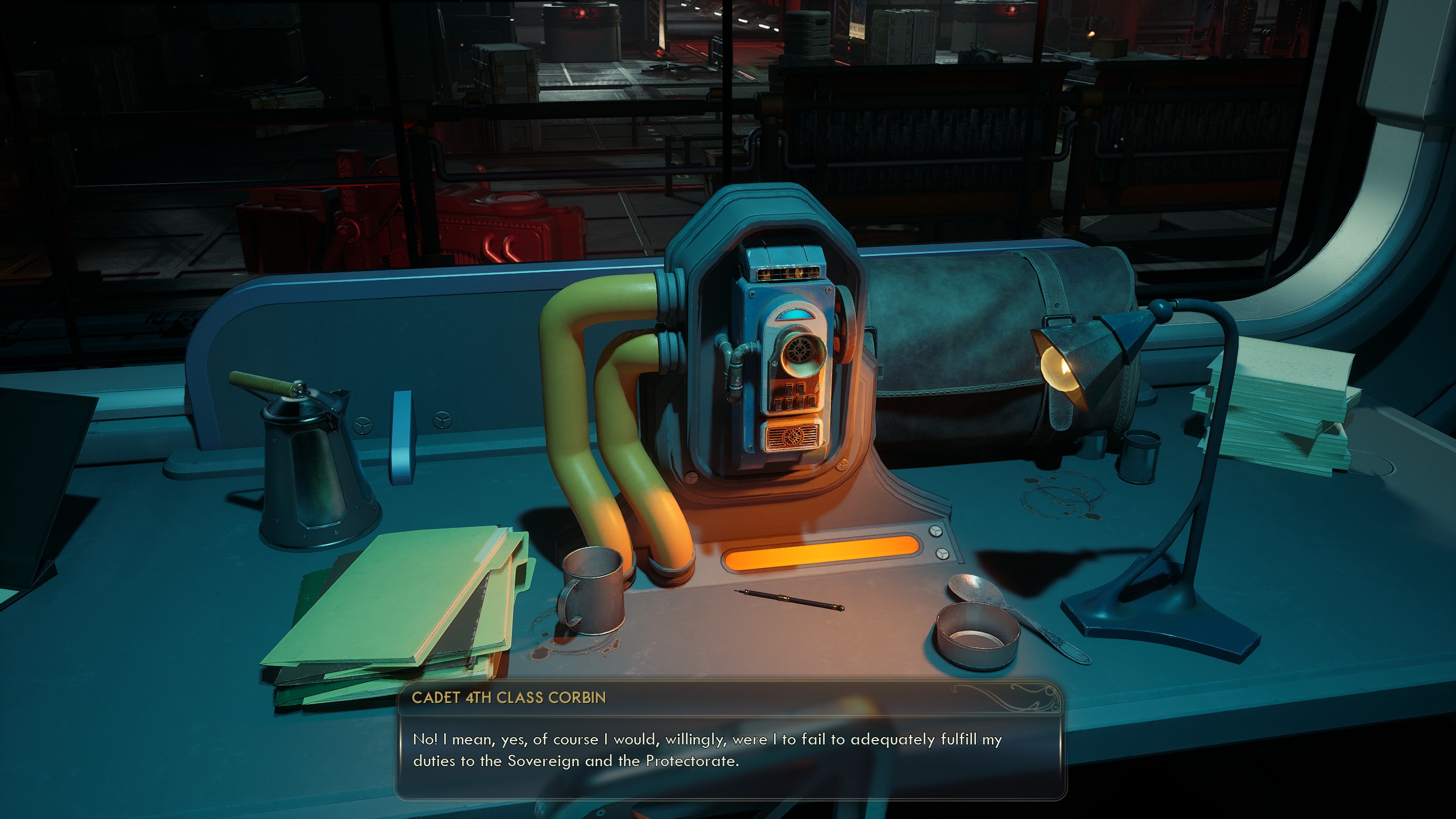
I really dig this premise, moving in the direction of weirder, bigger sci-fi. Also The Outer Worlds 2 just feels more expensive than anything Obsidian's made in a hot minute. It's not just the great art direction and shiny UE5 graphics, which it shares in common with Avowed. There's a lot of little touches that feel premium: The pre-rendered intro cinematic, a variety of unique animations and angles in conversations (not just the Oblivion Stare), and way more in-engine cutscenes than I expected. It helps explain why Microsoft briefly thought it might get away with an $80 price tag before backing off.
Guy Incognito
Character creation hits the 2020s Triple-A par for me for the most part: Tons of hair and eye options, all the sliders you could ask for, you can go Monster Factory if you want but you'll never make an uggo on accident—though PCG senior editor Wes Fenlon correctly pointed out that I unintentionally made Jared Leto with one of my guys. Johnny Karate is forever sullied by this association.
Keep up to date with the most important stories and the best deals, as picked by the PC Gamer team.
I mostly bring up character creation because I really dug the robot prosthetic options: You have three robolimb aesthetics to choose from for each of your arms and legs, ranging from gunmetal skeleton hands to a swanky ivory ensemble like a swagged-out Adam Jensen. It's a bit of sci-fi flare I really love, and something I was always missing from Cyberpunk 2077's otherwise-superior character creation options.
The Outer Worlds 2 is more streamlined than the first in terms of stats and skills, but not in a way that offended my hardcore RPG sicko sensibilities. Attributes are gone, and at character creation you pick a background, one to two positive traits, (potentially) one negative trait, and two tagged skills (three, with the most OP trait).
It's a reduction in complexity compared to the first game, but not necessarily depth. Skills look like they're raised on a smaller scale than the first game's Fallout-like 0-100, but with each rank offering bigger gameplay boosts, as well as opening up more dialogue and environmental skill checks.
Vent crawler
That's the thing that had me most excited from this demo: We're not quite in full Deus Ex or Dishonored territory, but I saw a lot of immersive sim-lite design that always makes me smile in an RPG. This prologue reminded me of the design in Obsidian's criminally underrated spy RPG Alpha Protocol (but much more polished), the better New Vegas quests like Beyond the Beef, or Cyberpunk's excellent Side Gig infiltrations.
I played through the demo three times, twice going sneaky, and once loud, with different skill setups each time. The straight gunplay was satisfying enough in that Fallout 4 kind of way, with a returning bullet time mechanic spicing things up a bit. But The Outer Worlds 1 was all about wacky, weird guns with strange effects, and the pistol, rifle, dagger, and electric baton of the demo arsenal don't seem indicative of the full experience.

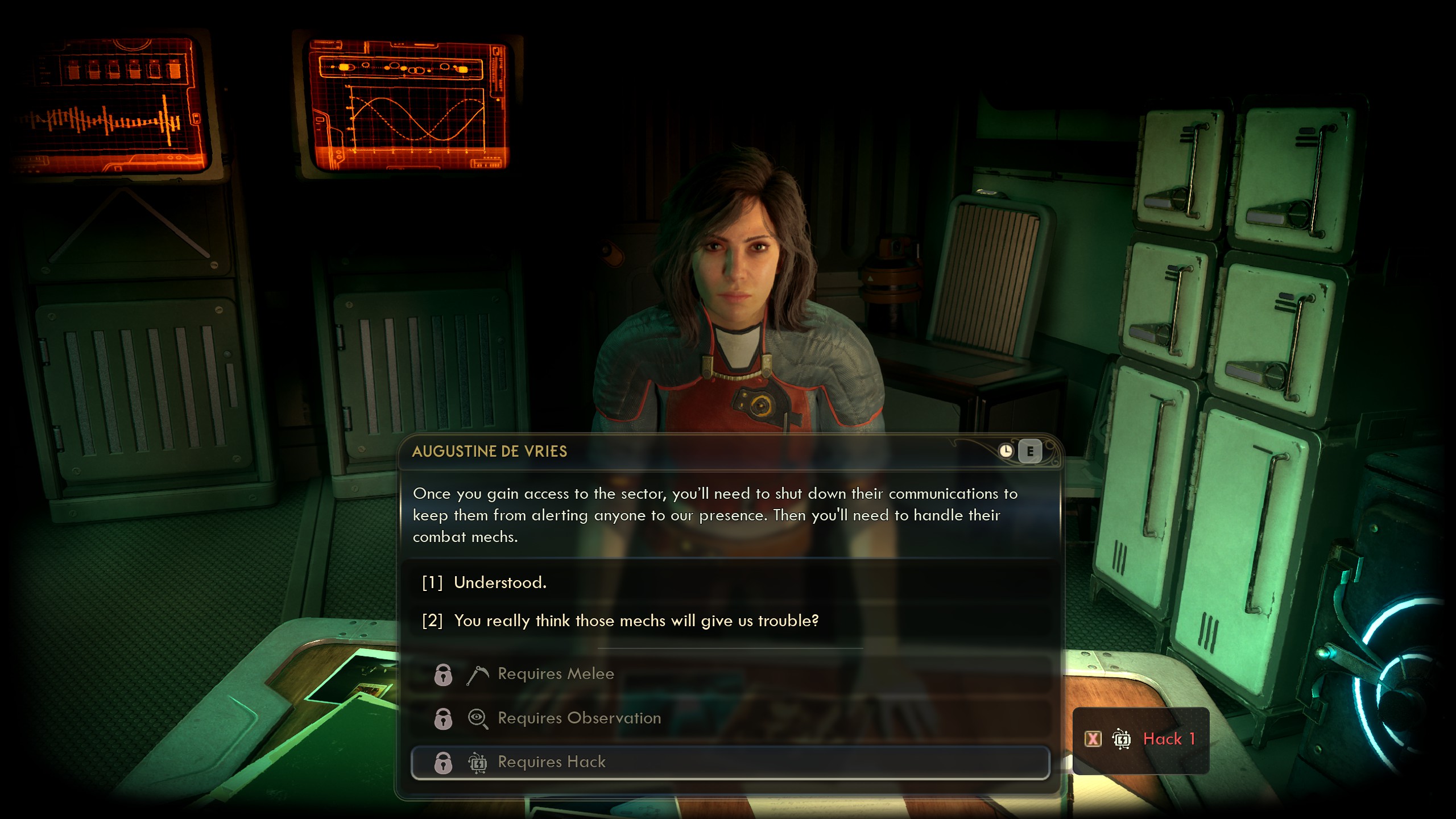

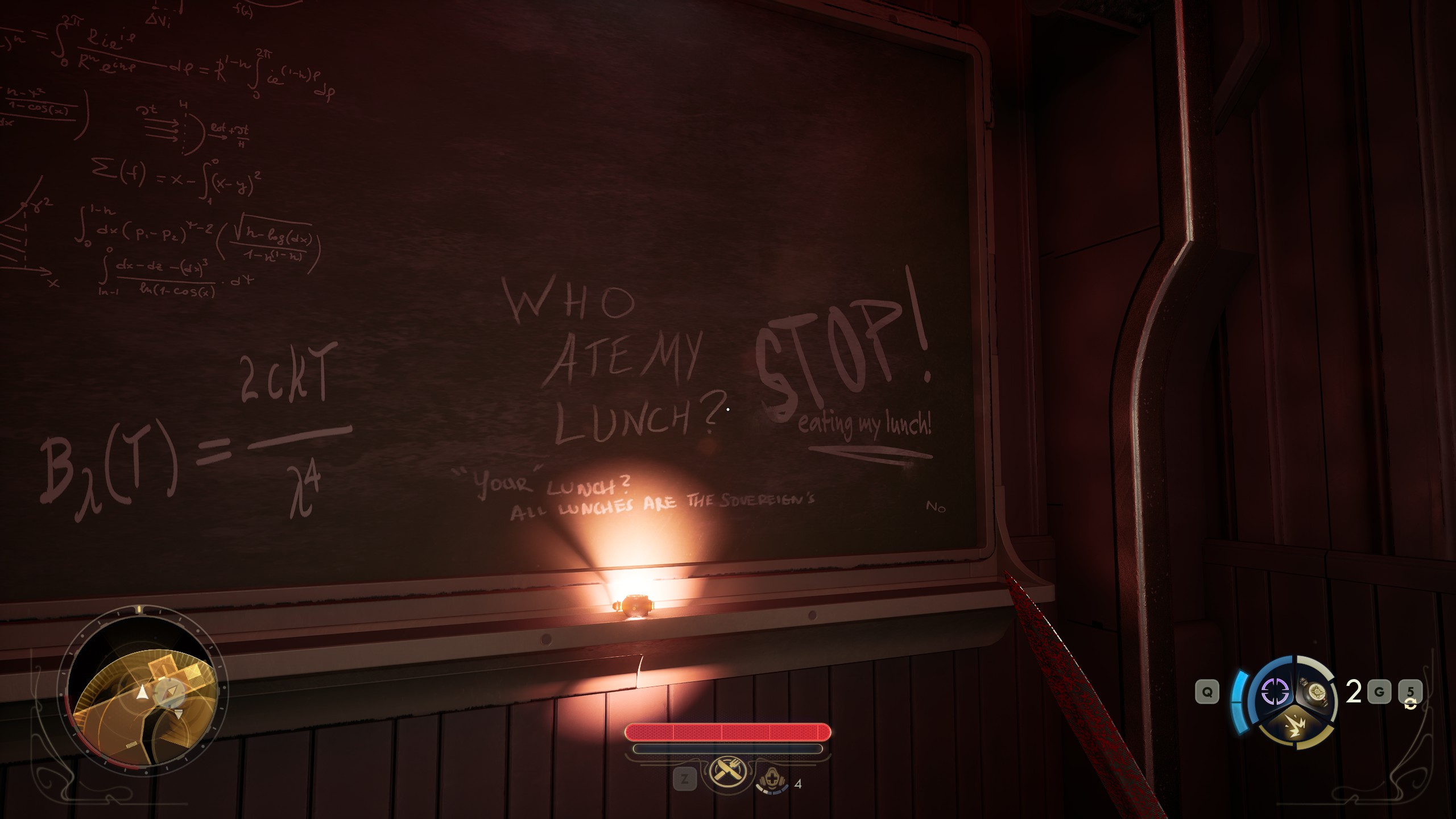
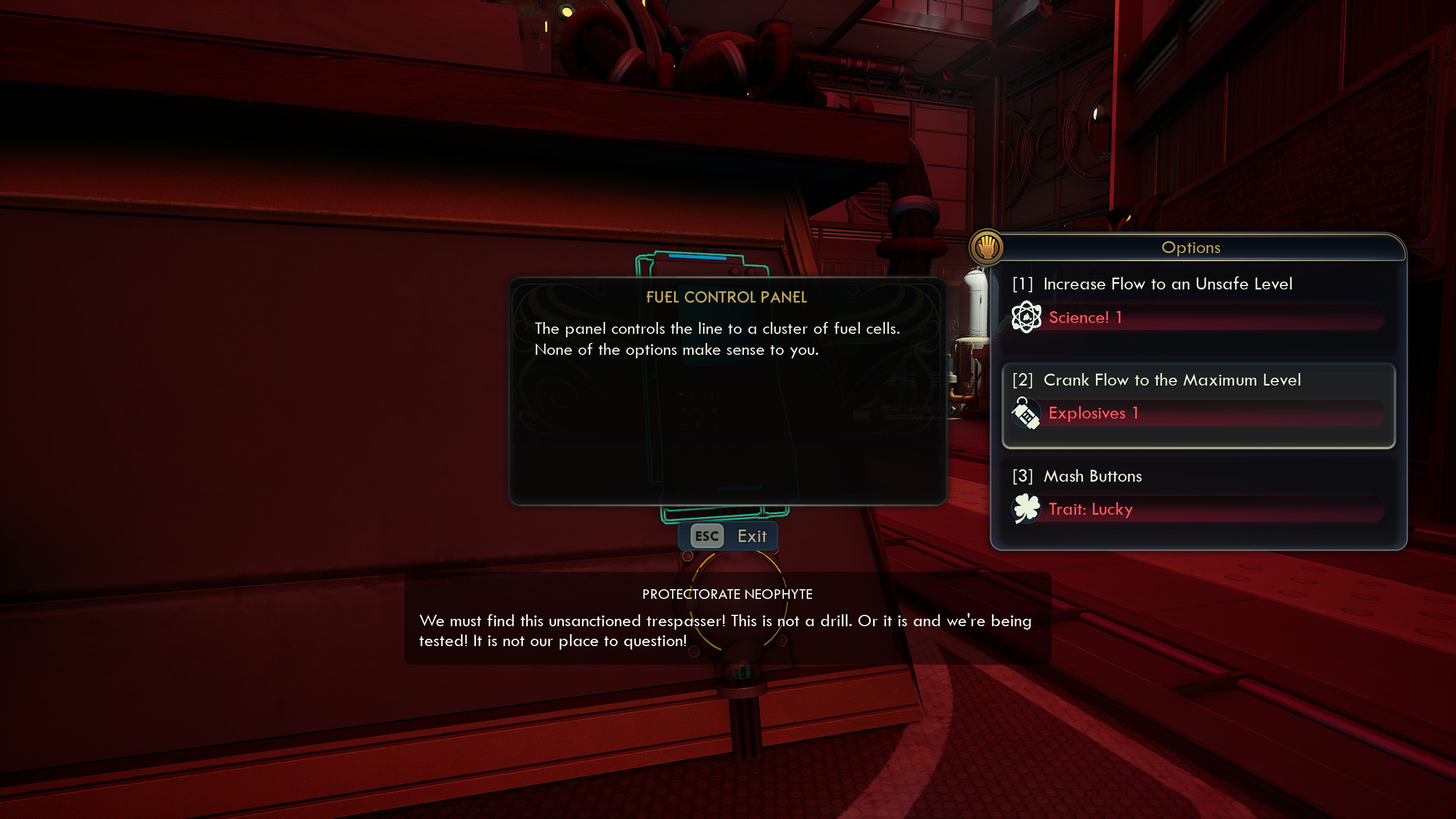
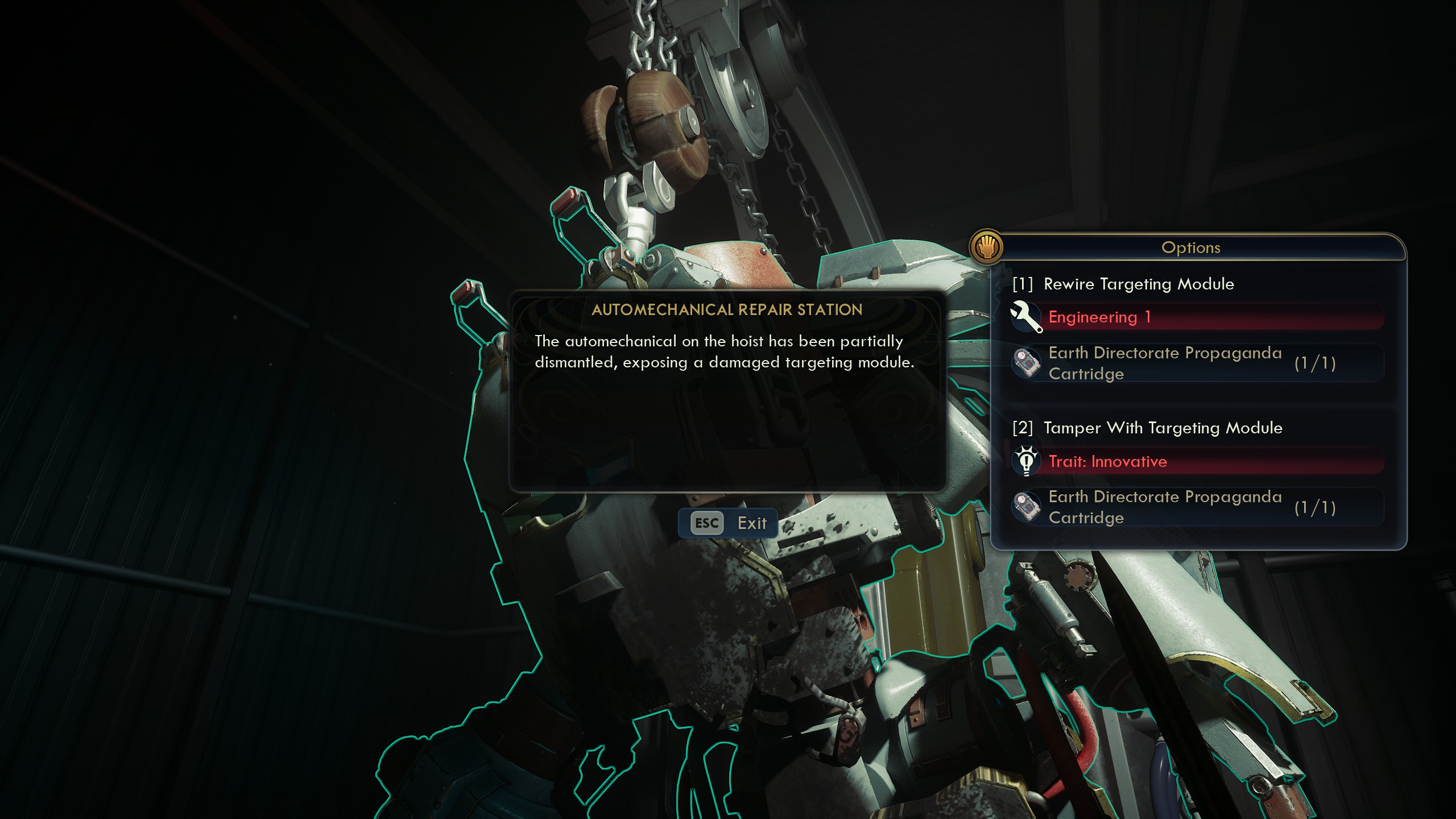
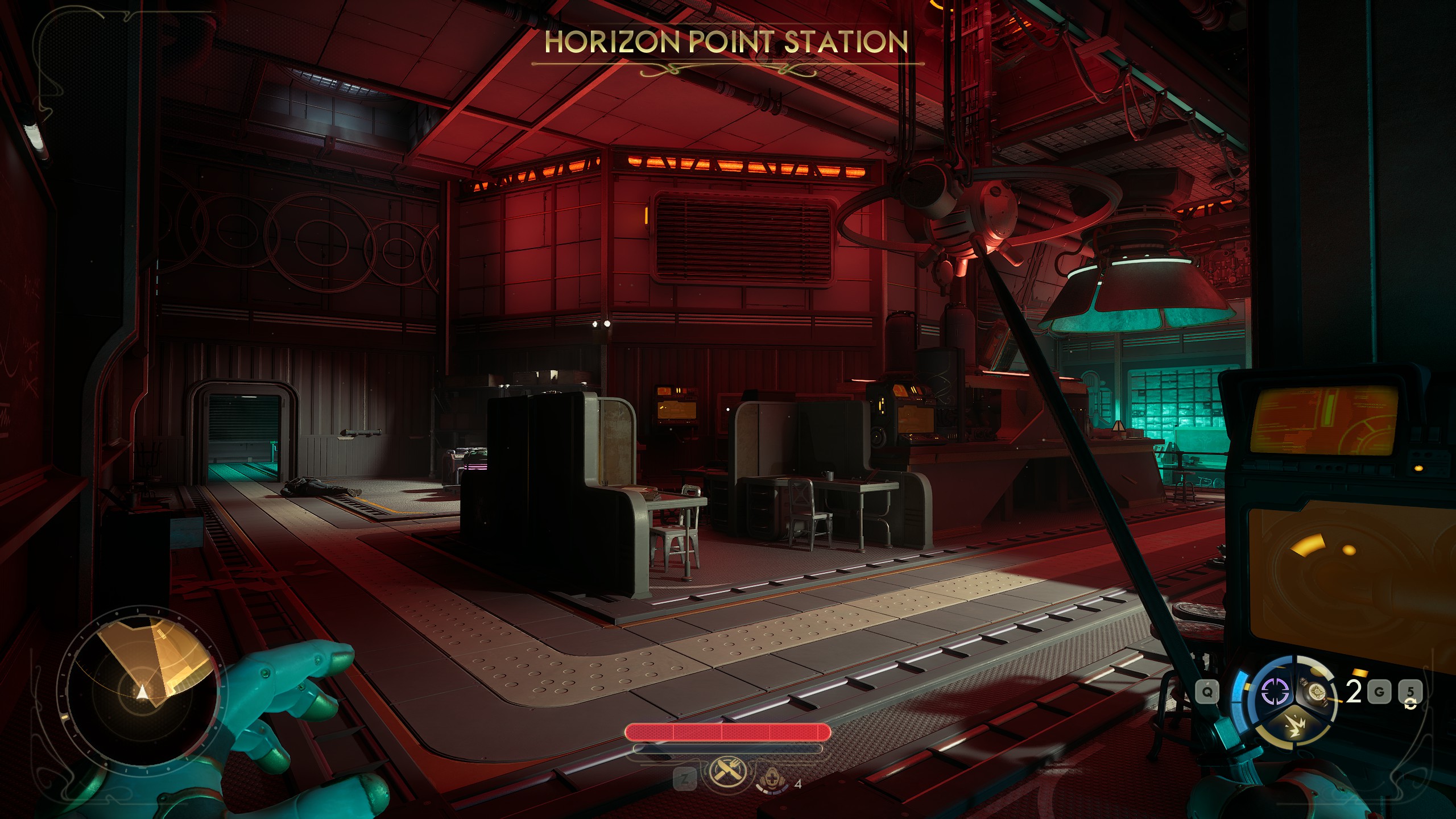
Ghosting the demo, meanwhile, was a real treat. It doesn't look like The Outer Worlds 2 supports full pacifism—the first room on the "sneaky" route of the demo had a guard staring straight at the exit and no access to distraction tools yet—but there wasn't a single point where I was forced into a fight because enemies had been automatically alerted to my presence, the cardinal sin of RPGs that let you build sneaky, then punish you for it.
I was pleasantly surprised at how many skill checks were scattered in both dialogue and the environments. Science, Engineering, and a few traits enabled access to explosive traps and an interaction with a deactivated security mech, while Lockpicking and Hacking both opened up pathways around enemies to aid with stealth.
My build and dialogue choices could offer a radically different experience each time through.
Using a dialogue check over the intercom to convince a hapless guard to disable some of the security made him recognize my voice and distrust me when I needed him to lower a bridge for me later on. If I couldn't make the speech check to trade bridge access for a side quest to erase the demerits from his permanent record, saving him from re-Neducation, I could always lockpick a nearby door to open a path around him instead.
I could also provoke him into siccing security robots on me, which, in a crucial design failure, lowers the bridge anyway. But going loud like that would earn a tut-tut from my deep cover Directorate contact in the facility. All throughout the demo, traits, skills, and my background unlocked proactive dialogue choices and unique offhand remarks.
It's a style of scripted, authored reactivity that Obsidian has always excelled at. In this prologue portion of The Outer Worlds 2, it felt like my build and dialogue choices could offer a radically different experience each time through.
Avowed caught a lot of flack for being a straight-up action RPG in the Mass Effect mold while having a first person perspective usually associated with more open-ended gameplay. I love Avowed for what it is, but The Outer Worlds 2 feels like it could offer more of that sort of immersive sim-RPG style of game. Now it's just a question of whether Obsidian was able to sustain or even expand on this prologue's level of freedom over the course of the full game.
2025 games: This year's upcoming releases
Best PC games: Our all-time favorites
Free PC games: Freebie fest
Best FPS games: Finest gunplay
Best RPGs: Grand adventures
Best co-op games: Better together
Ted has been thinking about PC games and bothering anyone who would listen with his thoughts on them ever since he booted up his sister's copy of Neverwinter Nights on the family computer. He is obsessed with all things CRPG and CRPG-adjacent, but has also covered esports, modding, and rare game collecting. When he's not playing or writing about games, you can find Ted lifting weights on his back porch. You can follow Ted on Bluesky.
You must confirm your public display name before commenting
Please logout and then login again, you will then be prompted to enter your display name.


